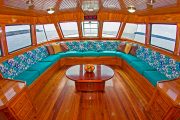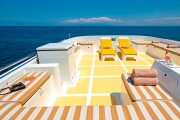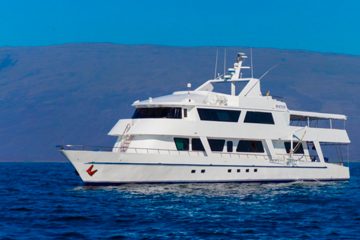DAY 1 SATURDAY: San Cristobal
A US$20 per person transit card is payable on departure at Quito Airport and a US$100 per person national park entry fee is payable on arrival on the islands. Please have cash on hand for these transactions as credit cards can be time consuming.
On arrival in the Galapagos we are met in the arrivals hall and then transferred to our boat, the Daphne, anchored a short distance away. Once on board we’ll be assigned our cabins, meet the crew members and get to know our naturalist guide and fellow travelers over a delicious lunch.
We visit the San Cristobal Interpretation Centre. The center brings the history and geography of the archipelago to life, from its volcanic origins to the present day. The human history exhibit offers an insight into the discovery and colonization of the Galapagos and the issue of problems the islands face today is also explored. This is a great place to get a complete overview of the Galapagos.










 WhatsApp us
WhatsApp us